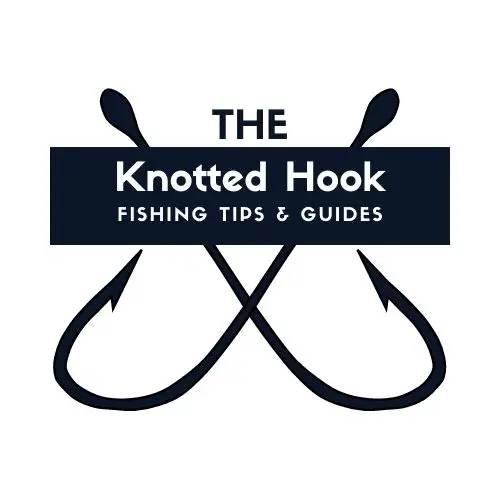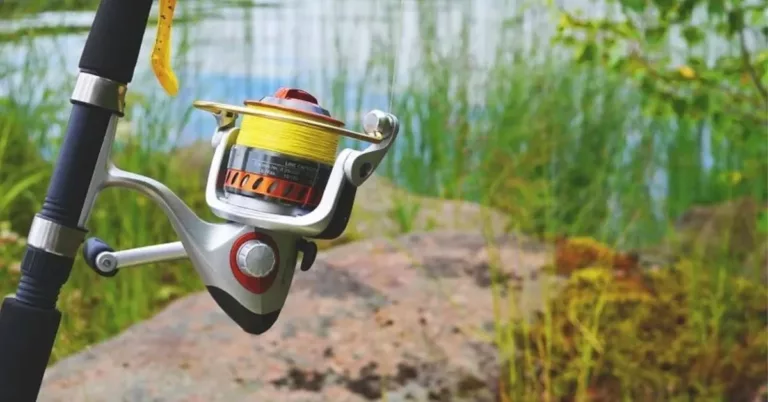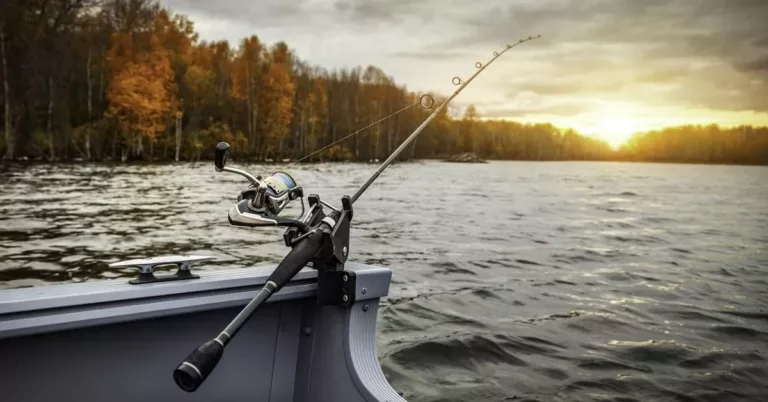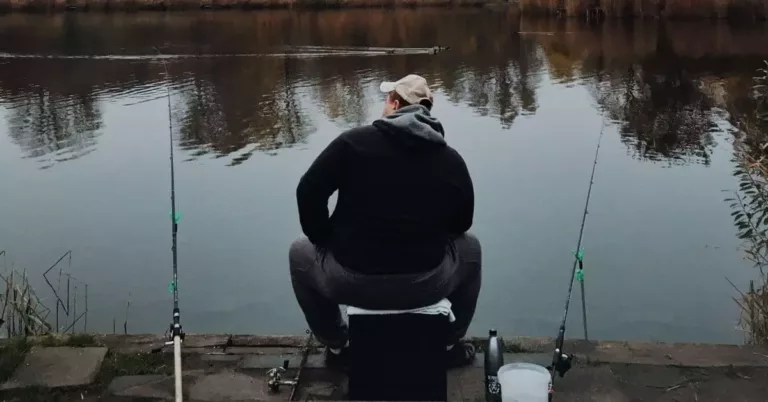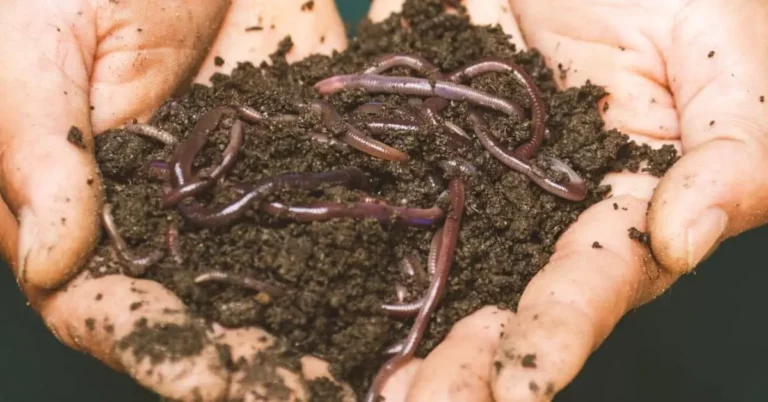Fishing for Crappie In the Winter – 3 Simple Tips

As the end of November closes and wintertime begins, it can mean the end of fishing for many anglers. In some cases this is due to the angler disliking cold weather. However; more often it is because many people believe that fishing is a summer time only sport and that fish won’t bite in the winter.
Well here is some uplifting information on that front;
Crappie remain active throughout the year, and will continue to bite despite the cold. Even the coldest weather and frozen lakes do not rule out winter crappie if you know where they lurk. Find their hiding spot, and you will fill your stringer due to their clustering in tight schools.
With that being said let’s dive into some of the basics of winter time crappie fishing.
Tips for Fishing for Crappie in the Winter
This is meant to be a quick guide with a few simple tips. A more detailed guide to wintertime crappie fishing will follow in the future.
Tip #1 – Go With a Larger Bait In the Winter
In the winter you will be dealing with crappie that are nearly a year old at the youngest and oftentimes much older than that. At around two years old, crappie tend to be closing in on the 7 to 8 inch lengths. This means that they are able to consume larger minnows and jigs than they might have earlier in the year.
In addition to this, they tend to be a bit lazier than they were back in the spring and fall, when they eat pretty much anything they see.
A larger bait is likely to entice the crappie into striking for a larger meal with less effort than hunting down smaller options.
Tip #2 – Present the Bait Slower for Sluggish Winter Crappie
Winter time crappie, just like most other fish, animals and to some extent even humans become more sluggish in the cold. While they will still bite, it takes some prodding to get them to do so. It is almost like they weigh the amount of effort to catch the bait versus the yield of the catch
With that in mind, present your jig, minnow, or other bait option in a much slower manner than normal. By keeping the bait suspended near the haunt of the winter time crappie for a longer period it becomes more likely they will strike.
One technique instead of a normal retrieve of your jig, is to position yourself a bit away from the brush pile or embankment and just let the jig pendulum downwards and swing back to you by its own natural weight.
Tip # 3 Opt for a Jig That Remains Flexible In Extremely Cold Waters
Some larger plastic worms and sleeves for your jigs can become rigid as the plastic gets colder. This results in minimal movement as you’re working the jig along down slopes and brush piles.
In order to combat this, select either a hair jig, thin tapered tail or thin curly tailed jig. Each of these will still maintain their “action” as you work them. With a hair jig being the least affected by the cold you can get some excellent motion by stopping and reeling slightly causing it to puff out and slim down as it moves.
This could be enough extra movement to capture a lurking crappie’s attention and solicit a strike.
Winter Crappie Fishing is a Viable Option If you Need To Hit The Lake
Fishing for crappie in the winter is a great option, after all even if you don’t catch anything a day fishing is better than a day in the office.
But in all reality,
Crappie can be caught year round including in the dead of winter when they are a popular species for ice fishing. Using a larger bait, slower presentation and selecting a bait for the cold can improve catches in the winter. Look for crappie at depths of 20 to 30 feet, near drop offs and underwater brush during winter.
While you are here make sure to check out our guide for recommended crappie gear.
